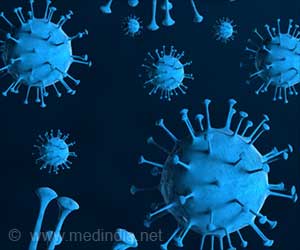A new study using data gathered by the Visual Cognition Lab at George Washington University explores the impact of the pandemic on symptoms associated with obsessive-compulsive disorder.
The study found that college students tested during the peak of the pandemic reported a higher incidence of two key OCD symptoms: unacceptable thoughts and fear of contamination.
Advertisement
“This study is a nice example of how data gathered for one purposein this case, studying individual differences in cognitive abilitiescan be used to explore orthogonal questions that may be of particular interest to the broader community,” Stephen R. Mitroff, a professor of cognitive neuroscience at GW, said.
“It is exciting to be able to leverage this data to add to the study of how the pandemic has impacted the college students’ mental health.”
Although concerns about contracting COVID-19 generally eased during the latter stages of the pandemic, students continued to experience an elevated amount of unpleasant or unwanted thoughts.
Interestingly, even though males and females tend to exhibit different OCD behaviors, the reported symptoms were consistent across genders.
The results of this study were consistent with recent research uncovering increased OCD symptoms among children and adolescents during the COVID-19 pandemic.
Experts believe 2-3% of adults in the United States have OCD, but perhaps more than 90% of the population experiences undiagnosed, less disruptive OCD symptoms.
The results of this study can contribute to the growing research on the prevalence of mental illness among college students and the possible role of environmental factors in the development of OCD.
The study, “Increases in symptoms associated with obsessive-compulsive disorder among university students during the COVID-19 pandemic,” was authored by Michael E. Silverman, associate clinical professor of psychiatry at the Icahn School of Medicine at Mount Sinai, Mitroff, and others. It was published in the Journal of American College Health.
Source: Eurekalert



